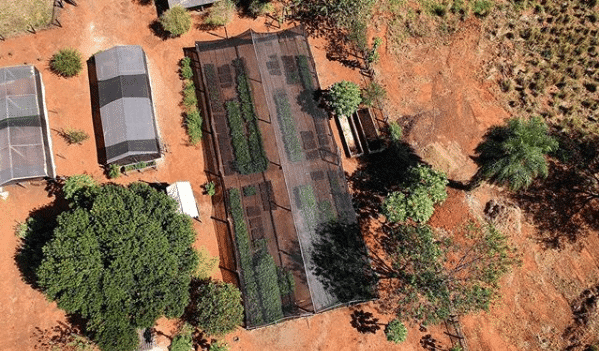The planting of seedlings is crucial, especially when natural regeneration is not able to express itself. The process required for this is complex, from the careful preparation of the soil, to the control of competing plants, to the planting of species with different functional attributes.

When restoring forests, fast-growing trees are planted first. These have the task of re-building the structure and changing the microclimate and soil conditions, making way for the diversity species.
Fast-growing trees must have certain attributes, such as a dense crown, strong roots and an association with beneficial micro-organisms that will help maintain the plants and richness of the soil. Diversity species are longer living and will be part of the future structure when the forest matures. In Savannas, there is no division between fast-growing and diversity. Instead, trees, bushes and grasses are planted all at once to rebuild structure and biodiversity.

This technique requires constant maintenance and monitoring, but it will successfully restore the biodiversity of a given site.




